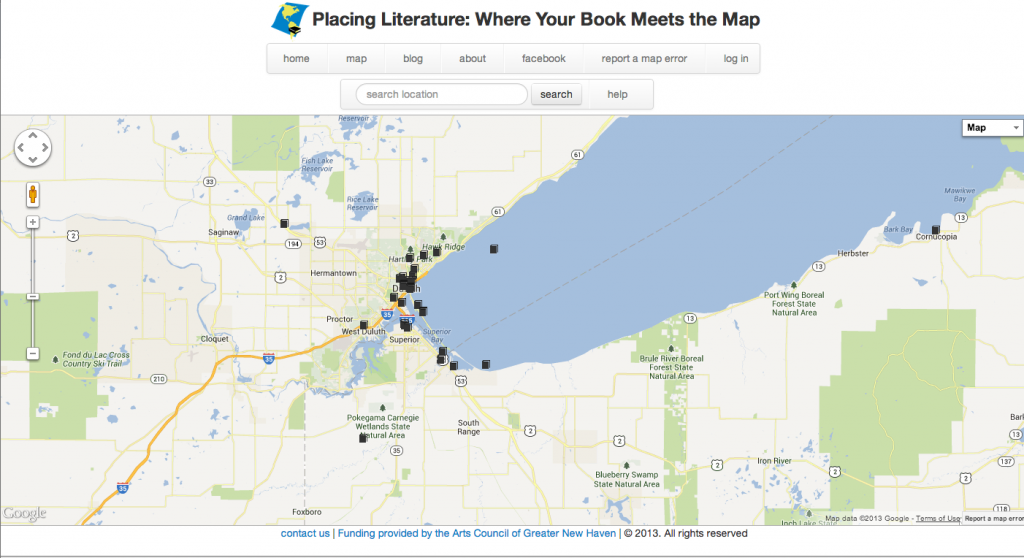Into the Mud by Joyce Sidman
This blog post is written by Paul Baines, Founder and Coordinator of the Great Lakes Commons Map.
Since starting the Great Lakes Commons Map, (GLCM) I’ve had many conversations with people about what a commons is and what a water commons is.
The Commons Map is a collaborative map, a crowdsourced project connecting those who care about the lakes and articulating what a Great Lakes Commons would be like. People can use text, photos, and videos to share their data, story, and curiosity, and it’s all grounded by place—by where it nests in the bioregion.
While hundreds of communities, two provinces, eight states, and many First Nations make decisions that affect all 40 million residents of this basin, there is no cohesive protection plan nor guiding vision. The Commons Map unites upstream and downstream neighbors, reaches across political boundaries, and works in concert with the Great Lakes Commons community in this commons-approach.
The vision of the GLCM is to grow deeper connections between this bioregion and its inhabitants through information sharing, discussion, and story. Place-based awareness, sharing, and organizing are the best methods for defending and restoring these waters because place is where water issues intersect with home. Adopting a commons approach deepens this work.
For me, a commons is a shared agreement between people about gifts from the past and duties for the future. But how can we make this concept more accessible and grow this movement? Here is one example.
Poem, Paint, Park, Police, People and a Lost Creek
Organized by Lost Rivers, I was one of several folks who painted a poem by Joyce Sidman in Toronto’s Trinity Bellwoods public park. You can see the painting in the accompanying photo, but what you can’t see is the constant stream of people we talked to about the city’s disconnection from its water reality (the park path is part of the buried but not forgotten Garrison Creek).
So how does this park painting illustrate commoning, the act of making and strengthening the commons?
The poem: The cultural commons shares the gifts of creativity, pleasure, tradition, education, memory, imagination, and relationship. Why do we have poetry? To express and share what our heart knows is true. Culture is how a community enlivens and understands itself. As a commons, culture is powerful because it is shared.
The park: The social commons creates special places for rejuvenation. They are open to all and made according to the needs of those who use them. A small sample includes baseball, picnics, tennis, dog walking, sun tanning, and reading. Even the drinking fountain is optional and available.
The city: Residents pool and redistribute their power and money to make decisions on land, laws, services, and transportation. Looking at transportation, we have the commons of public transit. There’s a flat fare, which is subsidized by commons taxes to offset the overuse of other prized commons (clean air, fossil fuels, and road use). Even our roads have a commons ethic. Traffic rules and infrastructure balance the diversity of public needs. They tell us what side of the road we should we drive on, how long and where we can park, where bikes get their own lanes, where we should stop at lights and intersections, and how fast we can drive. Commons need rules—otherwise they break down.
The creek: The ecological commons is a web of life, and it gives us life, too. The Great Lakes were formed 10,000 years ago after the last ice age, and we were given one of the world’s largest sources of freshwater. Continuously moving, this water cycle comes together as creeks, puddles, lakes, tears, oceans, springs, and clouds. No one owns it, but we need a collective agreement to ensure its integrity.
The police: The funny thing about this poem-painting is that we didn’t have a permit. Now, a commons is not a free-for-all; rules are needed, but overly tight restrictions and limits by the city and police may suggest that the commons belongs to them, rather than the people. Like all social services supported by taxes, the police are a commons agreement on who we want to enforce our rules.
The group: Lastly, through the mutualism of the internet commons (no one owns the internet, although like all the examples above, some groups think they do), citizens organized and acted to rejuvenate their commons. Known as commoning, this collective energy enriches all that we share. It often goes largely unnoticed or mislabeled on a daily basis as ‘special-interest’ rather than ‘public- or commons-interest.’
The Great Lakes Commons network needs your wisdom and passion for the commons. 200 year-old commercial and political institutions have failed our many commons. The issues facing the Great Lakes do not stop at quality and quantity. Let’s ask the radical question: What new institutions, practices, and ethics will guide a more bioregional, intergenerational, precautionary, inclusive, and sacred direction?
Explore the words and links on the Great Lakes Commons site and the examples on the Commons Map. Add your own when it feels right.
Paul Baines is the founder of the Great Lakes Commons Map, a participatory platform where people can explore the Great Lakes Commons.


















